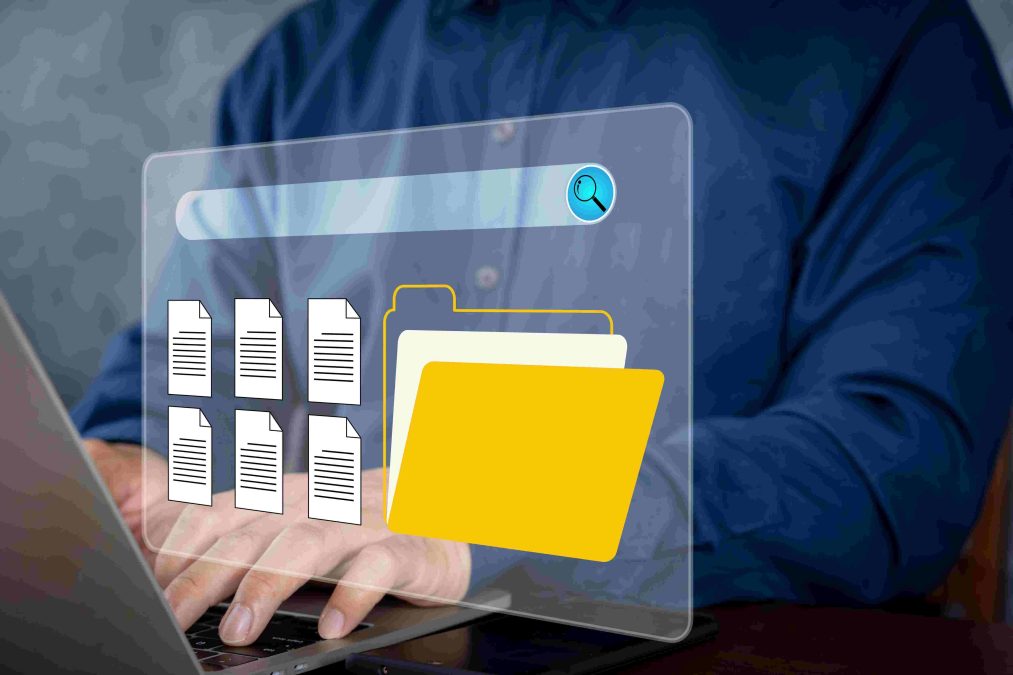WordPress archive pages are essential for organizing and displaying older posts, categories, tags, and custom taxonomies. They help visitors easily navigate content by grouping posts by date, category, author, or tag. However, understanding how to access and customize archive pages in WordPress can be tricky for beginners.
In this article, you’ll learn how to access WordPress archive pages, configure their appearance, and make them more useful for your site’s visitors. By the end of this guide, you’ll know how to manage archive pages efficiently and offer a better browsing experience to your audience.
What Are Archive Pages in WordPress?
Archive pages in WordPress are automatically generated pages that display lists of posts based on specific criteria. These criteria can include:
- Date-based archives: Posts grouped by year, month, or day.
- Category archives: Posts assigned to specific categories.
- Tag archives: Posts associated with specific tags.
- Author archives: Posts written by a particular author.
- Custom taxonomy archives: Posts organized by custom terms created using plugins or custom coding.
By default, WordPress automatically creates archive pages for these content types. They are an integral part of the WordPress structure, making it easy for users to find relevant information without digging through individual blog posts.
How to Access WordPress Archive Pages
Accessing archive pages in WordPress is relatively simple, as WordPress generates URLs for these pages based on your site’s permalink structure. Here’s how to access different types of archive pages:
1. Accessing Date-Based Archives
WordPress generates date-based archive pages that group posts by year, month, or day. You can access these pages using the following URL structures:
- Yearly archive: https://yourwebsite.com/2024/
- Monthly archive: https://yourwebsite.com/2024/09/
- Daily archive: https://yourwebsite.com/2024/09/23/
These URLs assume you are using the Post Name permalink structure, which is common for most WordPress sites. If you’re using a different structure, the URL format may vary.
2. Accessing Category Archives
Categories are one of the most common ways to group posts in WordPress. Each category automatically generates its own archive page. To access a category archive page, use the following URL structure:
- Category archive: https://yourwebsite.com/category/category-name/
For example, if you have a category named “Technology,” the URL would look like:
- https://yourwebsite.com/category/technology/
This page will display all posts under the “Technology” category.
3. Accessing Tag Archives
Tags function similarly to categories but are typically used for more specific topics or keywords. WordPress generates archive pages for tags as well. To access a tag archive, use this URL structure:
- Tag archive: https://yourwebsite.com/tag/tag-name/
For instance, if you have a tag named “SEO,” the URL for the tag archive would be:
- https://yourwebsite.com/tag/seo/
This page will display all posts tagged with “SEO.”
4. Accessing Author Archives
Author archives are particularly useful for websites with multiple contributors. Each author has their own archive page that displays all the posts they’ve written. You can access an author archive page using this URL structure:
- Author archive: https://yourwebsite.com/author/author-username/
For example, if your author’s username is “johnsmith,” the URL for their archive page would be:
- https://yourwebsite.com/author/johnsmith/
5. Accessing Custom Taxonomy Archives
If you’ve created custom taxonomies using plugins or custom coding, WordPress will generate archive pages for those as well. The URL structure for custom taxonomies is typically:
- Custom taxonomy archive: https://yourwebsite.com/custom-taxonomy/custom-term/
For example, if you’ve created a custom taxonomy called “Books” with a term “Fiction,” the archive URL would be:
- https://yourwebsite.com/books/fiction/
6. Accessing Custom Post Type Archives
In addition to standard WordPress posts, you can create custom post types like “Products” or “Portfolio” that also have archive pages. To access these archive pages, the URL structure is:
- Custom post type archive: https://yourwebsite.com/custom-post-type/
For example, if you have a custom post type called “Portfolio,” the archive URL would be:
- https://yourwebsite.com/portfolio/
Customizing Archive Pages in WordPress
While WordPress generates basic archive pages by default, you may want to customize their appearance and functionality to better suit your website’s design and user experience. Below are some ways to modify and improve WordPress archive pages.
1. Customizing Archive Page Templates
To customize how your archive pages look, you can create a custom archive template in your theme. WordPress follows a template hierarchy, meaning it will use specific template files for archive pages, such as:
- category.php: For category archive pages.
- tag.php: For tag archive pages.
- author.php: For author archive pages.
- archive.php: A general archive template used for all archive types if no specific template exists.
You can create or edit these template files by accessing your theme’s folder (/wp-content/themes/your-theme/) and modifying them using PHP and HTML.
For example, you can create a custom category.php file that includes a specific layout for category archive pages. Here’s a basic example of what you might include in category.php:
2. Adding Archive Page Widgets
Many WordPress themes allow you to add widgets to your archive pages. These widgets can include category lists, tag clouds, recent posts, and search bars, helping visitors navigate your archives more easily.
To add widgets to your archive pages:
- Go to Appearance > Widgets in your WordPress dashboard.
- Select the sidebar or widget area that appears on your archive pages.
- Drag and drop widgets like “Categories,” “Tags,” or “Recent Posts” into the widget area.
This will display useful content navigation tools directly on your archive pages, improving user experience.
3. Using SEO Plugins to Optimize Archive Pages
SEO plugins like Yoast SEO or Rank Math can help you optimize your archive pages for search engines. These plugins allow you to edit titles, meta descriptions, and more, ensuring that your archive pages rank well in search engine results.
To optimize your archive pages with an SEO plugin:
- Install and activate an SEO plugin such as Yoast SEO.
- Go to SEO > Search Appearance in your WordPress dashboard.
- Navigate to the “Archives” tab and configure how your archive pages appear in search results.
- Customize the title templates, meta descriptions, and whether or not the archive pages should be indexed by search engines.
- For example, you may want to set author archives to “noindex” if you have multiple authors but prefer not to have these pages indexed.
4. Adding Pagination to Archive Pages
By default, WordPress will list a specific number of posts on your archive pages (typically 10 per page). To help visitors navigate through multiple pages of archived content, you can add pagination.
Most WordPress themes already include pagination links, but if your theme doesn’t, you can add them manually in your archive templates. Here’s how to include basic pagination:
This code adds pagination links at the bottom of your archive pages, allowing users to move between pages of archived posts.
Conclusion
Archive pages are a vital component of any WordPress website, providing visitors with organized access to your content. By understanding how to access and customize these pages, you can enhance the user experience, improve navigation, and boost SEO performance.
Whether you’re managing category archives, tag archives, or custom taxonomy archives, WordPress makes it easy to structure your content in a user-friendly way. With the help of customization techniques, widgets, and SEO plugins, you can ensure your archive pages are both functional and engaging for your visitors.
Interesting Reads:
Can You Make a Living with WordPress on Upwork?





